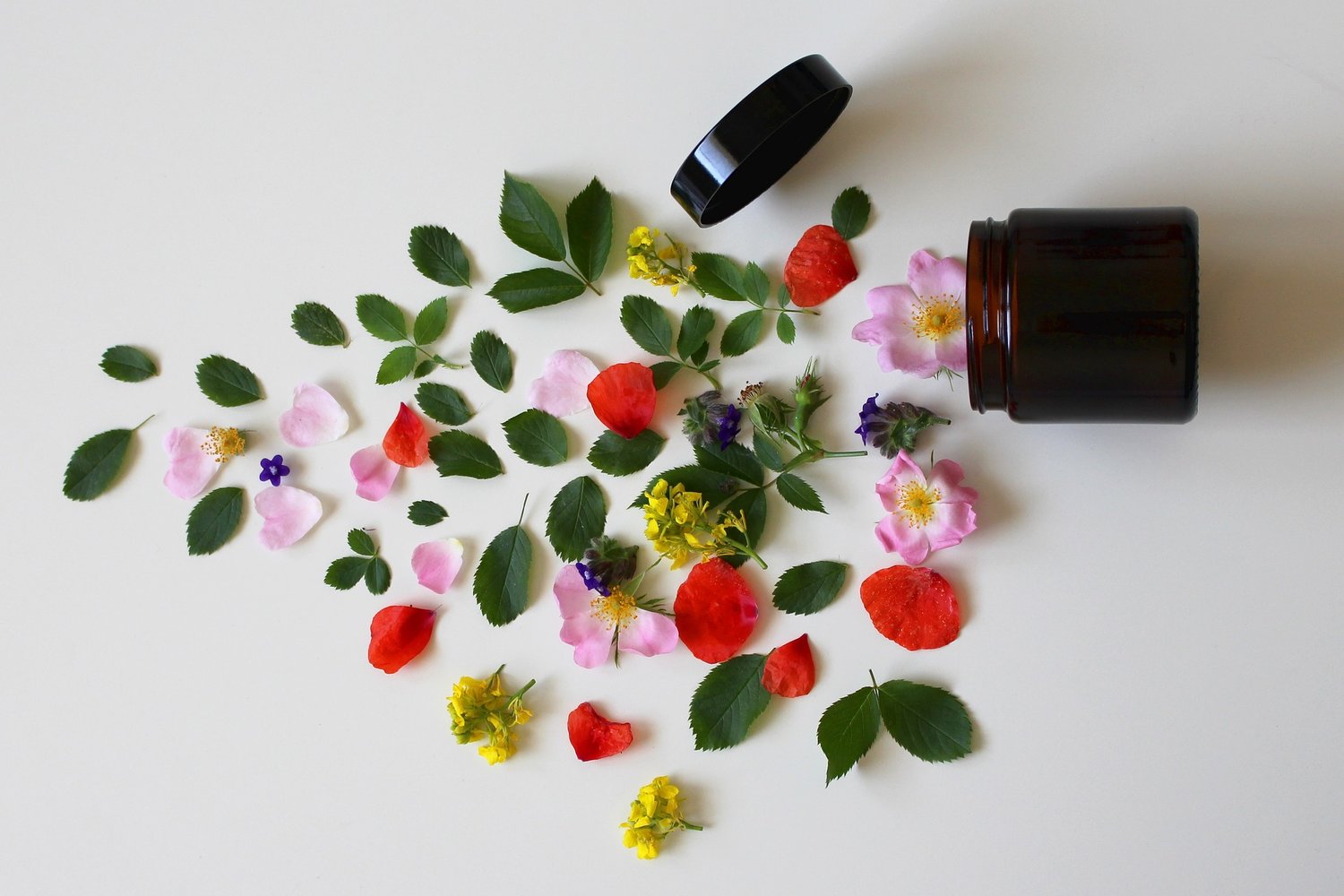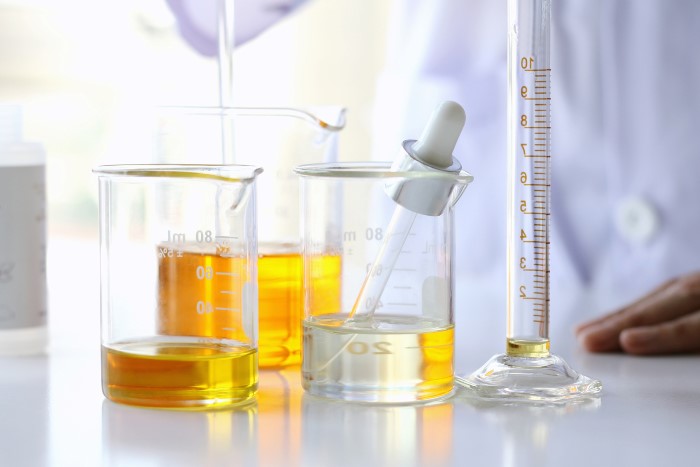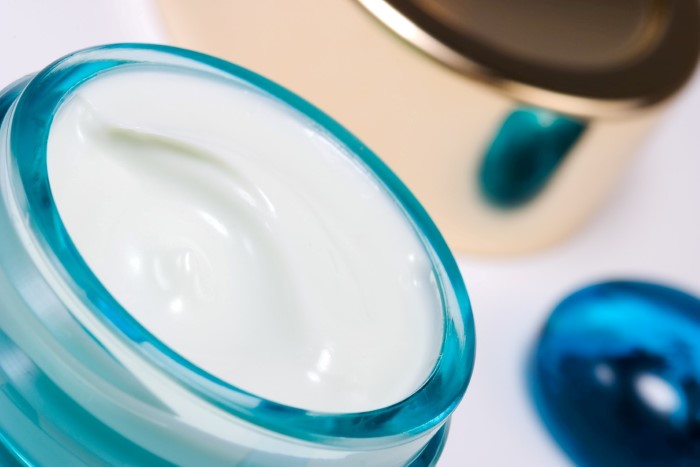
Plant ingredients to formulate natural cosmetics.
The list of the essential elements, new ingredients with great potential and some enlightenment about the components used in cosmetics and the most common misunderstandings.
Nature is generous, that is obvious. It is a source of life. It provides us with oxygen, water, light, food, materials to shelter and to cover us, and resources to restore health.
Also, of course, to take care of the skin. Since ancient times, human beings have taken advantage of natural substances to decorate the skin and protect it from environmental factors. Henna (as a dye), kohl (to protect the vision from the sun’s rays and the desert sand) and jojoba oil (used by the North American Indians to moisturize the skin) are some examples.
Advances in botanical chemistry have allowed to take advantage of plant compounds, these last ones becoming the most important source of active ingredients for cosmetic use nowadays. And everything indicates that this will be the path to the future.
Cosmetic innovation is currently focused on obtaining sustainable formulations, free of artificial additives and made from natural ingredients, with the ecological ones starting to be in the spotlight.
The natural cosmetics industry grows at an annual rate of 10%, according to data from Ainia. Therefore, companies are forced to look constantly for new ingredients and extraction formulas cto obtain new solutions.
With this article we want to explain the bases of natural cosmetics and provide a list of the elements present in a product as well as a list of commonly used plant ingredients and other ones with great potential.
Contenido del artículo
Cosmetic sources: natural and artificial substances.
Where do the cosmetic ingredients come from? Basically, from natural and artificial substances.
The first ones are those that come from Nature, with its corresponding process of extraction and transformation, which is always chemical, since the compounds are chemical by themselves. The polyphenols that are extracted from the olive are chemical compounds and are mixed with other ingredients of the formula by the chemical reaction that happens between them when they make contact.
Consequently, it is wrong to advertise cosmetics as a ‘chemical-free product’ since no organic reaction escapes natural chemistry. In this case, the correct term would be ‘free of artificial substances’.
Artificial ingredients come from natural sources (like petroleum) but are processed (the scientific term is ‘synthesized’ – that the reason for ‘synthetic’) in a more complex way, using derived reagents and catalysts (those that do not come directly from a natural source). It is the case of paraffin.
Other artificial substances: solvents, nitroalmizcles (used in perfumes as substitutes of animal musk) and triclosan ychlorhexidine, an antiseptic substance used in formulations to prevent dental and oral diseases.
Regarding to the debate about the security of natural and artificial, it should be noted that the quid is not so much the source from which they come, but the quantity that is used. An example: the botulinum toxin that is used in Botox is natural, but the application of an incorrect dose can cause botulism. The important thing is to approve the standards required by the health authorities to ensure the safety of the final product.

Classification of natural substances for cosmetics.
- Plant sources: They come from plants, including seaweeds, and are the main source in natural cosmetics.
- Mineral sources: They come from inorganic materials such as zinc and titanium and are used traditionally to formulate makeup and sunscreens.
- Animal sources: collagen, retinol, urea or honey (very popular in natural cosmetics) come from animals.
- Microbiological sources: they have been applied in the food industry in the last decades (for example, lactobacillus and bifidus in dairy products) but increasingly there are more cosmetics that incorporate prebiotics and probiotics.
Advantages of plant sources.
Their innate intelligence. Plants are able to protect themselves from stress and environmental damage. “Plants are expert chemists that have evolved to produce components that absorb UV rays, produce powerful antioxidant compounds, natural dyes and components that capture water. They all have use in cosmetics “, explains Monique Simmonds, vice director of the Science department of Kew Gardens in an interview for the platform www.cosmeticsdesign-europe.com in 2018.
The properties of cosmetics.
Cosmetic products serve to perform the following functions:
- Antioxidant: the chemical reaction capable of preventing or stopping the oxidation of cells caused by the action of free radicals, both endogenous (those generated by physiological aging) and exogenous (those caused by the action of the sun, tobacco, etc.). Antioxidants are mandatory to reduce wrinkles, sagging and spots. Read more
- Moisturizer: their function is to provide water to the dermis and to control its passage from the inside of the cells to the outside, and vice versa, to avoid dry skin. Chia seed oil has remarkable moisturizing properties.
- Protector: ingredients that preserve the barrier formed by the ceramides and lipids that protect the cells from external factors (climate, solar radiation, etc.).
- Regenerative: products that activate the fibroblasts, that is, the cells that produce collagen and elastin, two substances responsible for the firmness and elasticity of the skin.
- Nourishing: its action is to strengthen the skin tissue and thereby to improve the resistance of cells to the beating of physiological and premature aging (caused by external factors).
Other properties of cosmetics: oxygenating, anti-inflammatory and protector against solar radiation: Read more about the importance of antioxidants in solar products.

Cosmetic ingredients typology.
Basically, cosmetics are made from three elements: active ingredients, excipients and additives.
The first ones are the components that perform a function on the skin: moisturize, regenerate, etc. Excipients are the substances that provide a certain texture (cream, lotion, foam, etc.) and where the active ingredients settle. For example, plant extract need to be incorporated in a formula instead of being directly applied on the skin because of its nature. Finally, the additives are the components that allow to preserve the effectiveness of the product during a certain period of time as well as adding color, aroma, etc. if so desired. It should be said that additives are not synonymous with synthetic. Rosemary extract is a natural preservative and antioxidant.
Below, we classify the main active ingredients according to the family to which they belong, and we indicate some of the sources from which they are obtained:
- Polyphenols: They are the greatest antioxidants. Hydroxytyrosol and Oleuropein (exclusively from the olive tree) are the molecules that show the most activity in scientific studies. Resveratrol (natural of the grapes) and the flavonoids from the citrus fruits are some of the most used in cosmetics.
- Fatty acids: are the main assets of many cosmetics due to their moisturizing, regenerating, antioxidant and anti-inflammatory properties.
– Palmitic acid: predominant in coconut and palm, and present in olives, is one of the most recurrent in the formulations for its great contribution of lipids in the skin barrier. However, in the food industry it is poorly considered since its oral intake contributes to increase cholesterol levels.
– Oleic acid: it stands out for its high ability to penetrate the interior of the skin, for its nourishing action and for retaining the water of the cell membranes, favoring the hydration of the skin tissue. Olive oil seeds is one of the main sources, having additionally antioxidant, regenerating and moisturizing properties. Read more.
– Linoleic acid: Prevents the skin from losing more water than necessary, restores the barrier, improves oxygenation, reduces inflammation and performs a depigmenting effect. Its presence in olive seeds is remarkable and is also present in flaxeed oil, grape seeds and nuts, among others.
– Linolenic acid: Regenerating and anti-inflammatory. Flaxseed oil is one of the major sources.
– Stearic acid: protective properties. Very present in cocoa butter and shea butter.
- Ceramides: along with lipids, they form the barrier that protects the skin from external factors. They are produced by the organism itself but with time they decrease, compromising the cells and consequently causing a loss of hydration, firmness and luminosity. Jojoba oil contains ceramides very similar to the human beings, so it is an optimal ingredient to treat the dryness and dermal imbalance.
- Vitamins: exert antioxidant functions, can stimulate the natural synthesis of collagen and have anti-inflammatory properties. Vitamin E and C are the most popular in cosmetics. Fruits and vegetables are the biggest suppliers.
- Proteins: they stand out for their regenerative capacity. Collagen and retinol (both of animal origin) are the best known.
Other ingredients:
- Hyaluronic acid: it has great moisturizing properties, stimulates the synthesis of collagen and increases the proliferation of fibroblasts. It is present in animals and humans. Biotechnology has managed to synthesize it from vegetables such as beet, wheat and pine.
- Coenzyme Q10: is the molecule responsible for producing energy for the proper functioning of the cell. It also neutralizes free radicals.
The challenges of natural cosmetics.
Since vegetables are living beings, the chemistry of each one can vary from the rest of equals. It is important to know these differences and develop techniques that allow to know how much material we can obtain from the plant and how we can optimize the process through extractive methods.
This process must go in parallel to advances in technology that allow formulating more effectively. Therefore, innovation will be key in the future of natural cosmetics.
How to choose vegetable ingredients properly.
If you are going to formulate cosmetics with natural ingredients,
- Look for high quality plant extracts.
- Be clear about the application you want to give the extract. What do you want to use them for? To give them functionality, aroma or another characteristic?
- Make sure it contains the specific elements associated with the effect you are looking for.
- Ask the supplier the origin of the extract: where the raw material comes from, what methods are used in the extraction, etc.



